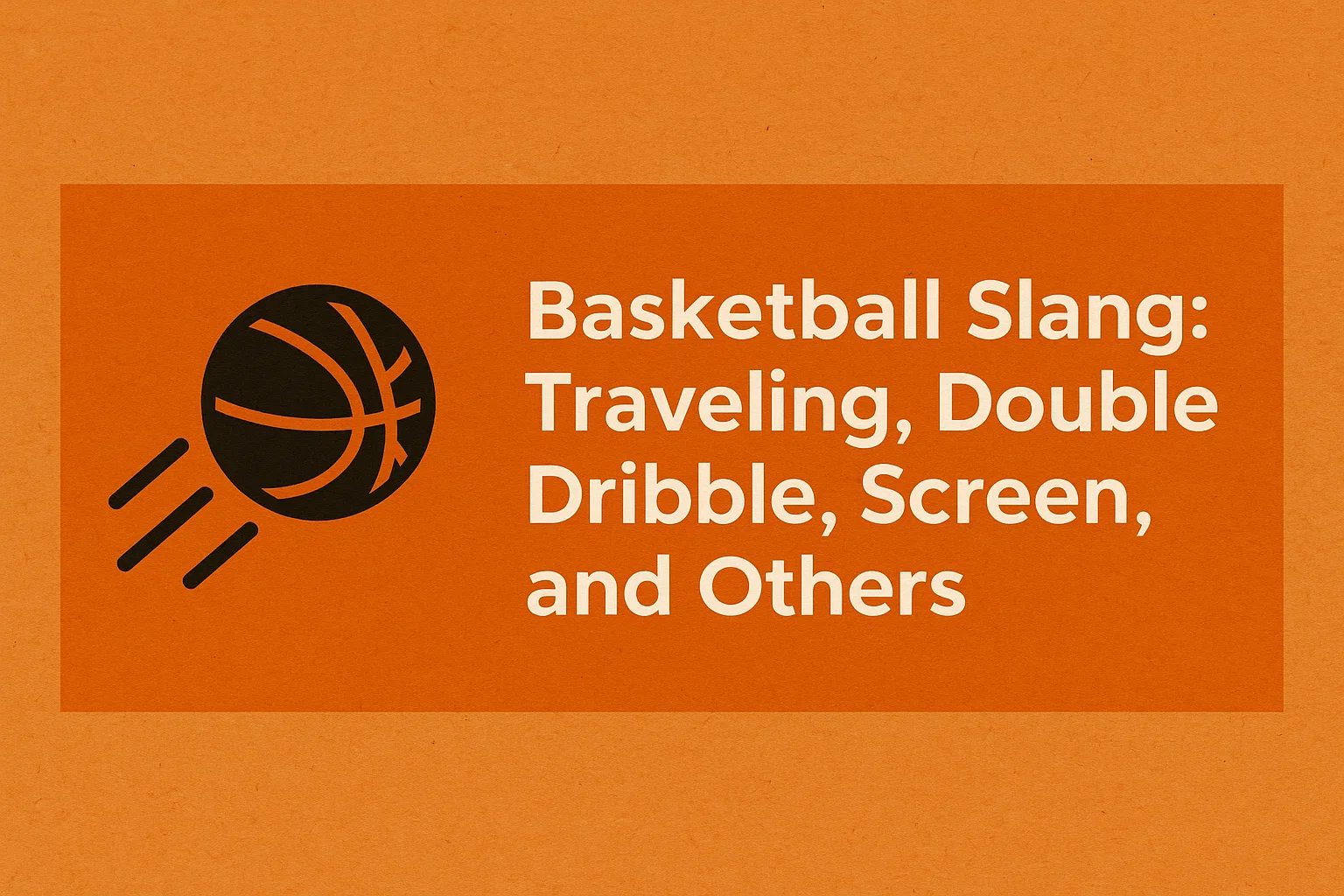
Basketball slang appears puzzling and complex to people who don't know the game. Enthusiasts of this amazing sport, nevertheless, find the phrases straightforward. Both official language and slang terms are utilized by them, and they occasionally even view a review on www.databasebasketball.com in order to investigate the matter further. Let's discuss the most widespread and familiar terms among players and fans below.
Note: Basketball came into being in the West, where it was most developed. For this reason, many of the fundamental terms of the game have English origins.
Glossary of Basic Basketball Terms
First of all, it is worth getting acquainted with the main definitions that form the foundation of basketball vocabulary. These are:
- Baseline – the line at the ends of the court that marks the boundary.
- End line – another name for the baseline.
- Live ball – the time a team has to develop an attack. Both teams have 24 seconds for offense.
- Buzzer – a shot taken just as the game clock buzzer sounds at the end of a quarter or the game. Very often, they are game-winning shots.
- Dead ball – the ball is dead, i.e., not in play, for instance, when it goes through the hoop or following a referee's whistle.
- Regulation time – the length of each quarter, typically 10 to 12 minutes per league.
Player Positions
There are some basketball slang that describes player positions on the court. The standard positions are:
- Point guard (1)
- Shooting guard (2)
- Small forward (3)
- Power forward (4)
- Center (5)
A player's height typically determines his or her position. Smaller players, for example, typically play as small forwards.
Game Situations
Basketball slang also categorizes certain situations in a game:
- When the perimeter players move inside to score additional points or pad their stats, it's called posting up.
- Shots do not necessarily score points. When the ball bounces off the rim or backboard and a player retrieves it, it is called a rebound. In slang, it is also sometimes called a board.
- To gain a rebound, players need to have position and box out opponents. The move is often called boxing out.
- An assist is a pass that leads directly to a successful basket.
- Steal – when a player intercepts the ball when the opponent is passing. The player losing the ball has a turnover.
- Block shot – when a defender blocks a shot by deflecting it with his/her hand, altering its course. It is also called a banana in slang.
More Terms
- Slam dunk – dunking the ball with either one hand or two hands after a jump.
- Double-double – when a player records double figures in two statistical categories (e.g., points and rebounds).
- Zone defense – players guard areas of the court rather than specific opponents.
- Box – slang term for the basketball court.
- Set offense – organized attack based on players' set positions.
- Shooter – a player who possesses a high percentage shot.
- High post – the area around the free-throw line.
- Low post – the area close to the basket.
- Brick – a poorly taken shot with no arc.
- Three-pointer – a shot taken from beyond the arc.
- Two-pointer – a shot taken inside the arc.
- Paint – a slang term used for the three-second area under the basket.
- Screen (pick) – when a player screens a defender to free up more space for his teammate.
These are just some of the basic terms. Basketball terminology is actually much more detailed.
Types of Violations
Basketball terminology also defines the most common rule violations, such as:
- Double dribble – when a player dribbles, stops and holds the ball, and then dribbles again.
- Traveling – when a player walks with the ball without dribbling.
- Carrying – holding the ball for too long without dribbling.
- Unsportsmanlike foul – a foul with no attempt being made to play the ball.
- Technical foul – a non-contact foul, usually for misconduct.
- Foul – illegal physical contact with an opponent.
These are considered to be the most significant violations in basketball. Together, they cover nearly every way that a player can break the rules.